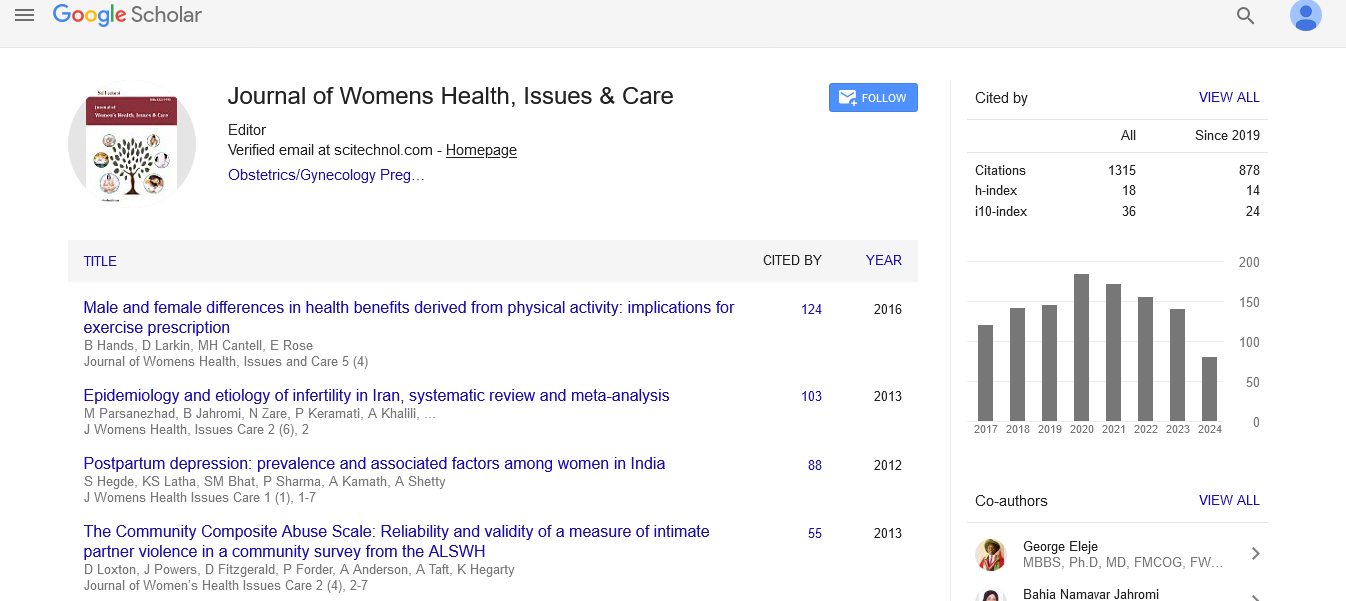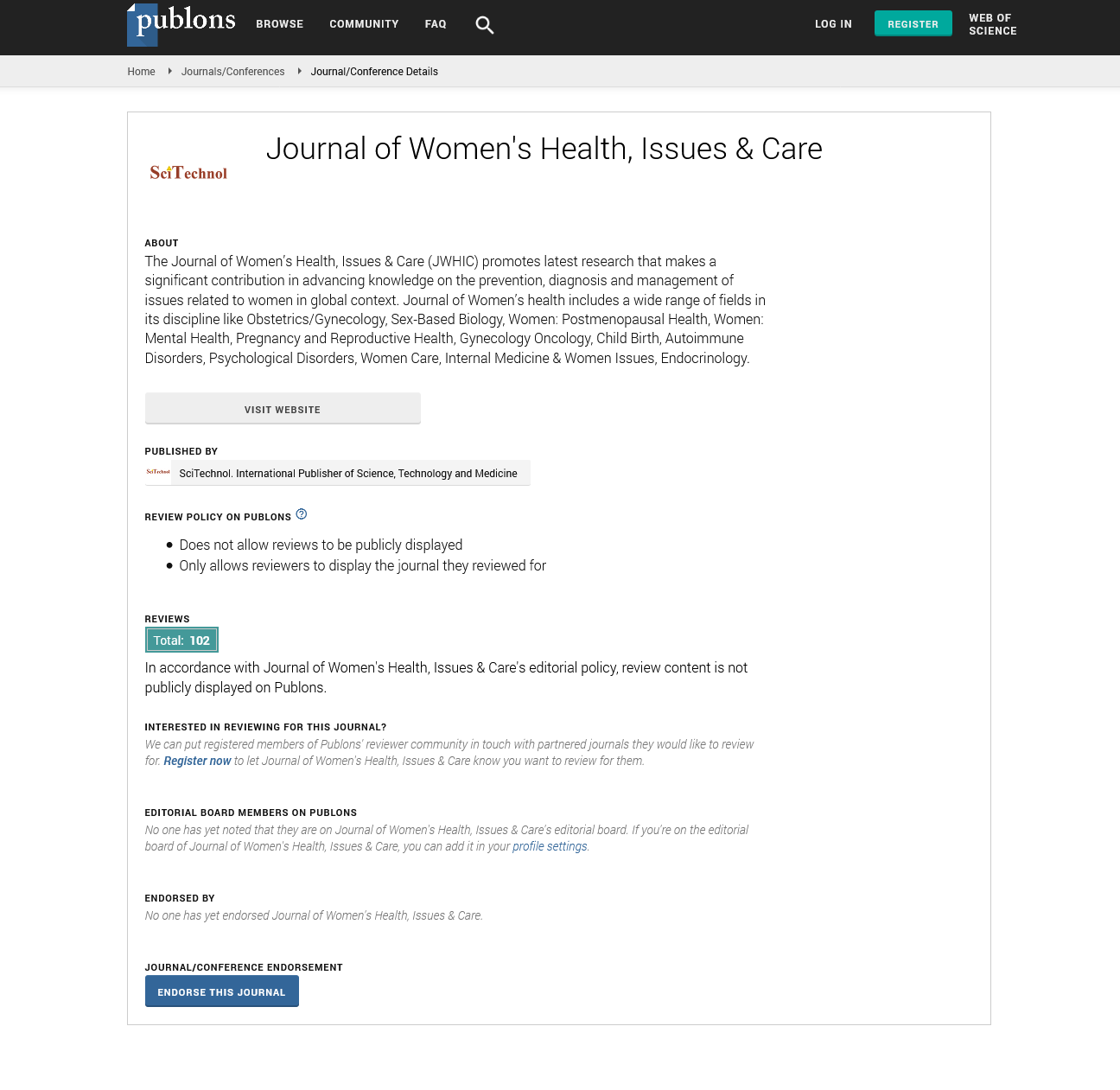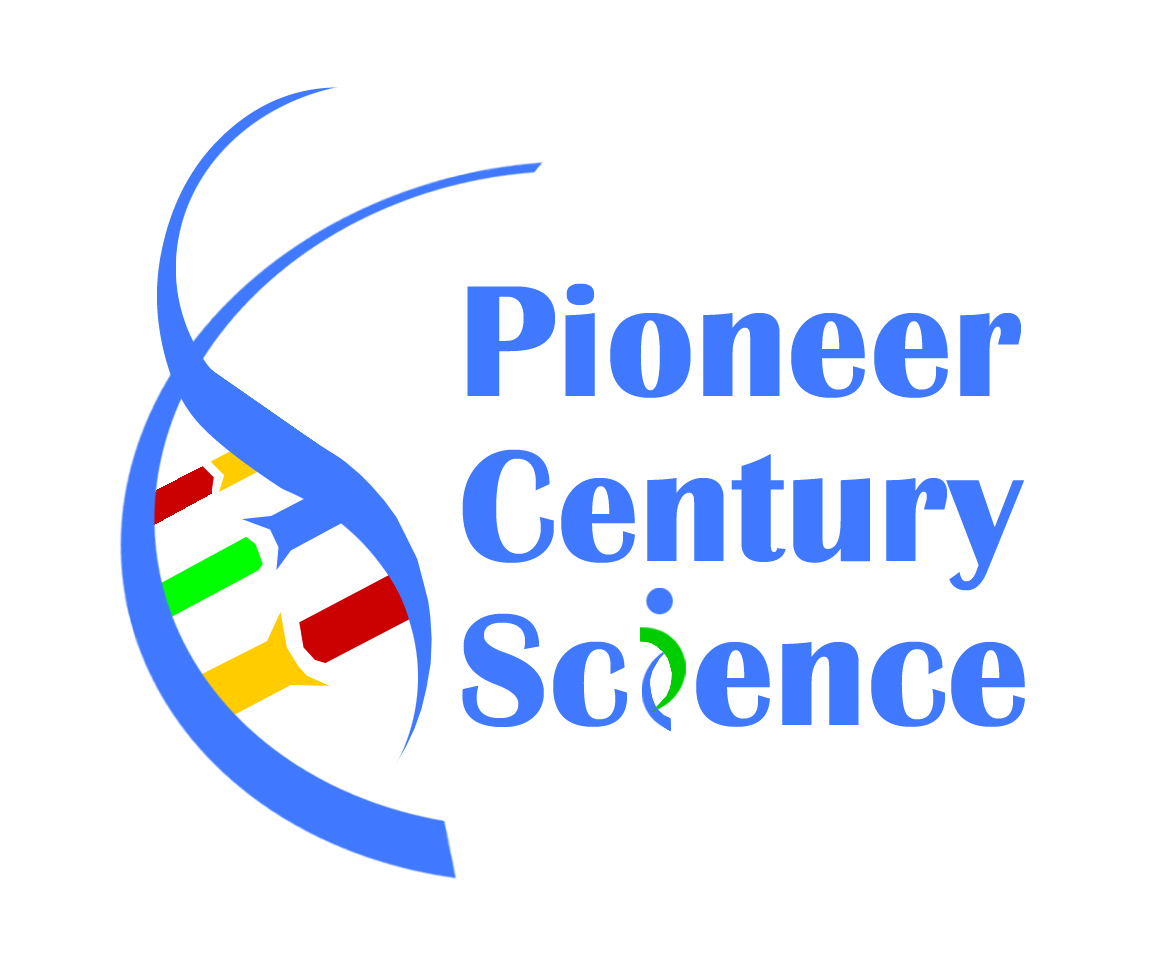Perspective, J Womens Health Vol: 13 Issue: 6
Advances in Breast Cancer Screening, Diagnosis and Treatment
Cawin Kolisa*
1Department of Obstetrics and Gynecology, University of Cairo, Cairo, Egypt
*Corresponding Author: Cawin Kolisa,
Department of Obstetrics and Gynecology,
University of Cairo, Cairo, Egypt
E-mail: cawin_koli.sa2@gmail.com
Received date: 26 November, 2024, Manuscript No. JWHIC-24-156666;
Editor assigned date: 28 November, 2024, PreQC No. JWHIC-24-156666 (PQ);
Reviewed date: 12 December, 2024, QC No. JWHIC-24-156666;
Revised date: 20 December, 2024, Manuscript No. JWHIC-24-156666 (R);
Published date: 27 December, 2024, DOI: 10.4172/2325-9795.1000535.
Citation: Kolisa C (2024) Advances in Breast Cancer Screening, Diagnosis and Treatment. J Womens Health 13:6.
Description
Breast cancer remains one of the most significant global health challenges, predominantly affecting women, though men are not entirely immune. It is the most frequently diagnosed cancer among women and a leading cause of cancer-related mortality. Despite advancements in medical science, breast cancer continues to claim lives, emphasizing the need for awareness, early detection and comprehensive treatment strategies. The origins of breast cancer lie in the abnormal growth of cells within the breast tissue. These cells can form tumors, which may be benign or malignant. Malignant tumors have the potential to invade surrounding tissues and spread to other parts of the body through the lymphatic system and bloodstream. The exact causes of breast cancer remain elusive, but a combination of genetic, hormonal and environmental factors contribute to its development. Mutations in specific genes, such as BRCA1 and BRCA2, significantly increase an individual’s risk. Women with a family history of breast cancer or other cancers are at a heightened risk due to inherited genetic predispositions.
Risk factors for breast cancer extend beyond genetics. Hormonal influences play an important role, with prolonged exposure to estrogen and progesterone increasing risk. Women experience early menarche, late menopause, or have no pregnancies may have a greater lifetime exposure to these hormones, heightening their vulnerability. Lifestyle factors also contribute, including poor diet, lack of physical activity, obesity and excessive alcohol consumption. Additionally, environmental exposures, such as radiation, may also play a role. Symptoms of breast cancer vary and may include the presence of a lump in the breast or underarm, changes in the size or shape of the breast and alterations in the skin or nipple, such as dimpling, redness, or discharge. However, breast cancer can sometimes be asymptomatic in its early stages, highlighting the importance of regular screenings. Mammography is the gold standard for early detection, capable of identifying tumors that are too small to be felt. Early detection greatly improves the prognosis, as treatment is more effective in the initial stages of the disease.
Treatment for breast cancer depends on the type and stage of the disease, as well as the patient’s overall health and preferences. Surgery is often the first line of treatment, involving the removal of the tumor (lumpectomy) or the entire breast (mastectomy). Advances in surgical techniques have led to more conservative options that preserve the breast and improve cosmetic outcomes. Radiation therapy is commonly used after surgery to destroy any remaining cancer cells, while chemotherapy and targeted therapies are employed to treat advanced stages or aggressive cancers. Hormone therapy is an effective option for cancers that are sensitive to estrogen or progesterone, helping to block or lower these hormones to slow or stop cancer growth.
Prevention and risk reduction are essential components of the fight against breast cancer. While some risk factors, such as age and genetics, cannot be controlled, adopting a healthy lifestyle can significantly reduce risk. Maintaining a balanced diet rich in fruits and vegetables, engaging in regular physical activity and limiting alcohol intake are all beneficial. For high-risk individuals, preventive measures such as prophylactic surgery or medication, like tamoxifen, may be recommended.
Conclusion
In conclusion, breast cancer is a multifaceted disease that continues to have a significant health challenge worldwide. Through awareness, regular screenings and early detection, many lives can be saved. Emphasizing prevention, adopting healthy lifestyles and leveraging medical advancements are vital in reducing the incidence and improving outcomes. As research continues to new insights into the biology and treatment of breast cancer, there is probability of new approaches to fight this disease and improve the quality of life for those affected. Counseling, support groups and community resources provide invaluable assistance, helping patients manage with the challenges of the disease and its treatment. Advances in medical technology and personalized medicine have also brought probability to many, with targeted therapies and immunotherapies contribution favorable outcomes for some breast cancer subtypes.
 Spanish
Spanish  Chinese
Chinese  Russian
Russian  German
German  French
French  Japanese
Japanese  Portuguese
Portuguese  Hindi
Hindi 



